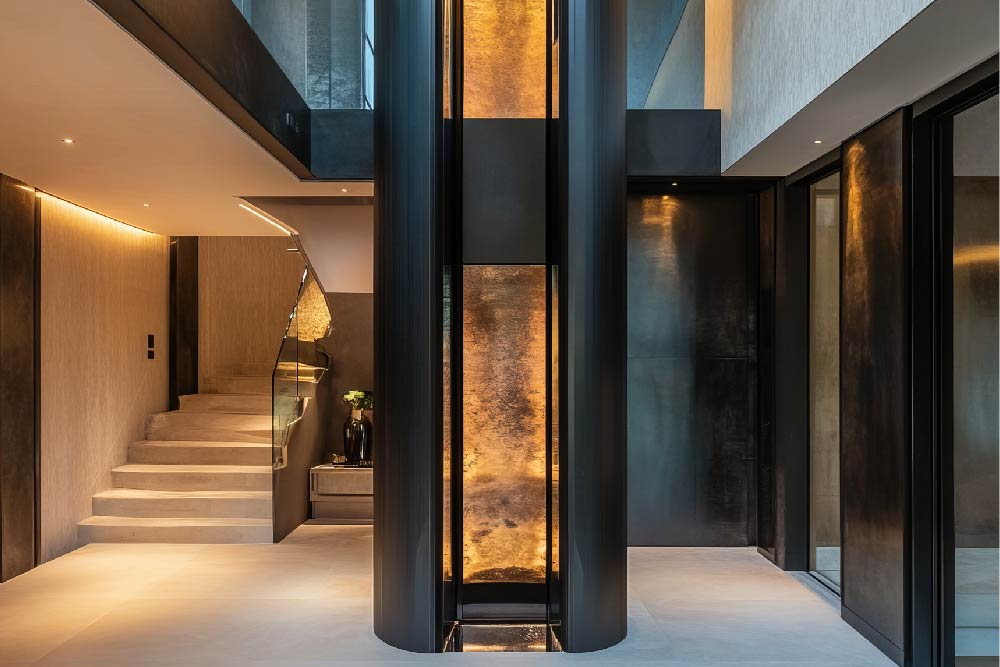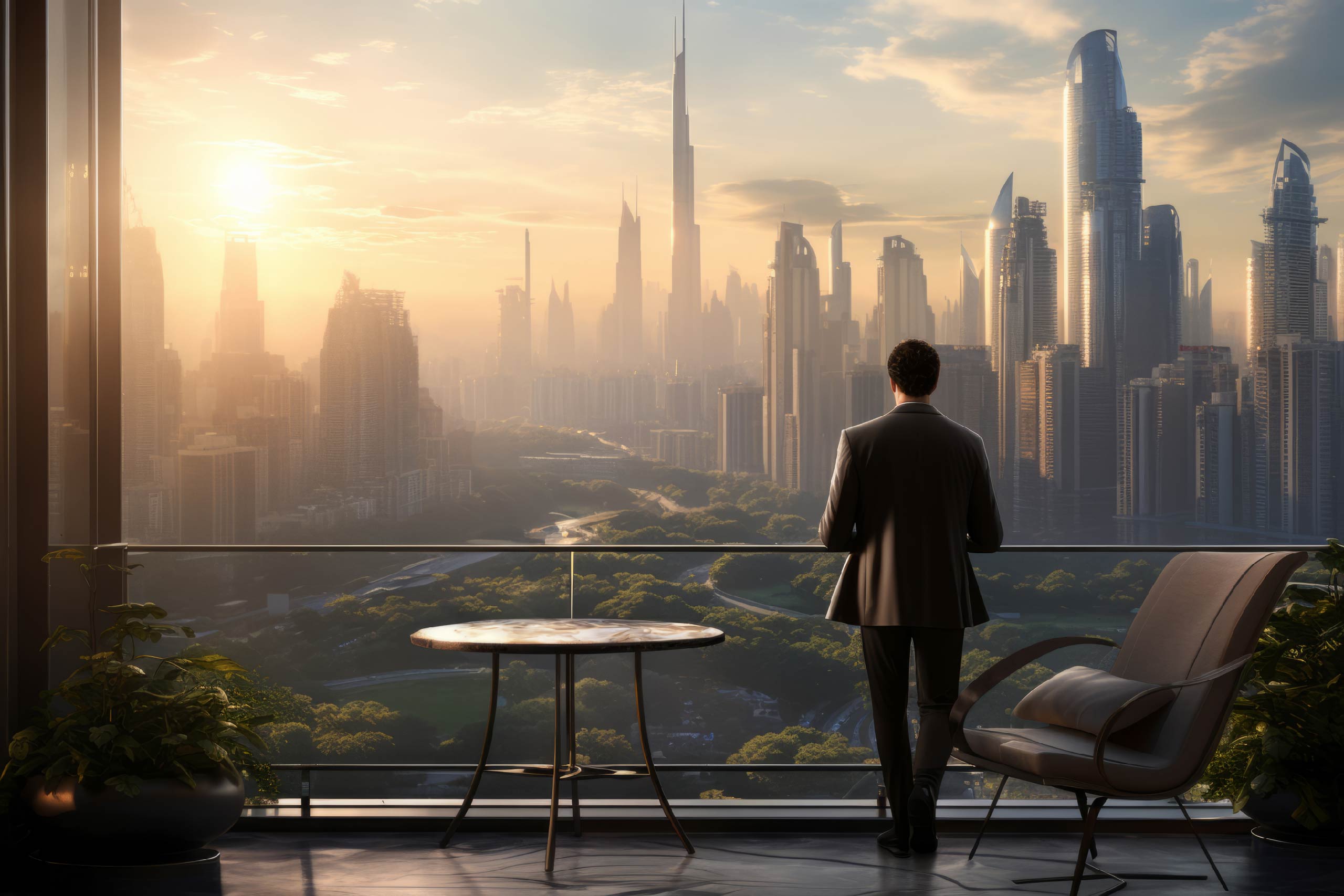
For India’s growing base of high-net-worth individuals (HNIs) and globally placed Non-Resident Indians (NRIs), Pune luxury real estate 2025 stands out as one of the most strategically positioned destinations.
This momentum is not speculative; it is anchored in clear market fundamentals. Luxury housing sales in Pune recorded a remarkable 450% year-on-year growth during January–June 2024, signalling deep, sustained demand at the top end of the market (Hindustan Times).
Driven by rising global connectivity, evolving buyer profiles, and robust infrastructure upgrades, Pune has transitioned from a promising market to a leading choice for luxury investments. As these dynamics continue to strengthen, Pune’s appeal for strategic investors is only set to grow. Here’s why HNIs and NRI investment in Pune properties is increasingly turning to the city’s luxury segment for smart, future-proof investments:
Consistent Capital Appreciation with Strong Future Visibility
Pune’s luxury housing market stands out for its fundamentals-driven growth, offering upside potential even as other mature metros begin to plateau.
- Citywide real estate prices in Pune are projected to grow by 15% year-on-year in 2025, outpacing the expected national average of 10%.
- Prime property rates are projected to rise from ₹12,000 per sq. ft. to ₹15,000 per sq. ft. by 2025.
- Ultra-premium locations like Koregaon Park are poised to command ₹25,000 per sq. ft. (Financial Express)
This layered appreciation, across both citywide averages and prime luxury pockets, offers HNIs and NRIs a compelling combination of capital security, steady upside, and future asset scarcity. For those seeking prime property investment in India, Pune presents a data-backed opportunity.
Infrastructure Growth and Liveability Creating Long-Term Value
Pune’s luxury real estate story is underpinned by tangible infrastructure improvements and a focus on urban liveability.
- Ranked second on the Ease of Living Index 2024, Pune offers premium healthcare, educational institutions, and cleaner urban environments.
- Key projects like the Pune Metro and Outer Ring Road are connecting prime residential hubs to business corridors, driving both accessibility and demand.
- Metro-linked and ring road-adjacent areas such as Baner, Hinjewadi, and Kharadi have already recorded price appreciation, further reinforcing Pune’s position as a future-ready city for high-end investments.
Global-Standard Luxury, Strong Rental Yields, and Seamless Ownership for NRIs
Pune’s luxury real estate offers a rare combination of global-standard living, strong rental yields, and easier ownership access for NRIs.
- Luxury apartments Pune in areas like Kharadi, Baner, and Koregaon Park deliver international-standard amenities, right from concierge services to smart automation.
- Rental yields in Pune’s luxury pockets are higher than the city average, often reaching 3–4.5%, especially near business hubs and metro corridors (Business Standard).
- Improved real estate regulations and simplified digital transactions have made property ownership significantly easier for NRIs.
This trifecta makes Pune a compelling entry point for global investors seeking to align lifestyle value with strong investment returns, offering a smarter alternative to traditional luxury centres. Adding to this momentum, Pune is actively catering to the evolving preferences of buyers when it comes to spacious living.
Pune’s Luxury Market Is Meeting the Rising Demand for Larger, Multifunctional Homes
Pune’s luxury market is aligning with evolving buyer expectations, offering expansive layouts that seamlessly integrate work, wellness, entertainment, and lifestyle under one roof.
- The average size of 4 BHK luxury homes Pune has expanded from 2,500 sq. ft. in 2023 to 3,200 sq. ft. in 2024.
- Demand for 4 BHK and larger configurations has increased by 40% year-on-year
- The supply of luxury homes is expected to double by 2025, further strengthening the depth of the premium market (Financial Express).
Properties that deliver larger, thoughtfully designed spaces are commanding premium pricing today and are poised to see stronger appreciation and rental demand through the next growth cycle.
Now that we have outlined the structural strengths driving Pune’s luxury real estate market, it is equally important to understand the evolving profile of investors shaping this growth. Pune’s luxury buyer demographic is undergoing a transformation:
- 55% of luxury homebuyers are now under 40 years of age.
- 30% of luxury buyers are NRIs or expatriates, bringing global benchmarks for design, service, and sustainability into the city’s premium housing landscape (Financial Express).)
This younger, internationally aligned buyer base is not only deepening demand but also elevating market standards across design, amenities, and integrated living experiences. Developers are responding by introducing higher-quality, future-ready residences that align with global luxury trends, strengthening Pune’s position as a destination for premium real estate investments.
Seizing the right opportunity in this evolving landscape requires expert guidance and a strategic approach.
And at Squarea, we provide end-to-end strategic investment guidance backed by market intelligence. Our team ensures you invest with clarity, precision, and long-term confidence. Connect with us at hello@squarea.io or call on +91 90 9641 9641 to access Pune’s most exclusive luxury real estate opportunities, tailored to your aspirations.




